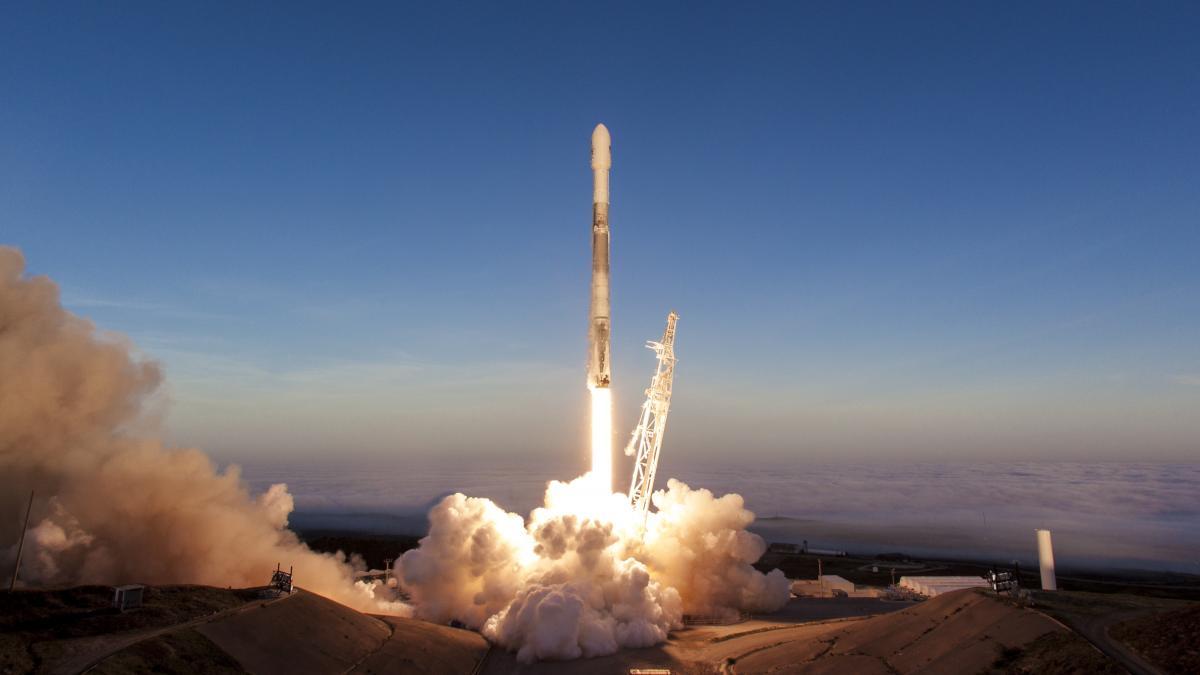Rogue Space Cameras?
May 4, 2018First, one U.S. company decides to skip FCC licensing and puts up four rogue satellites.
Now a crowd favorite and industry heavyweight, SpaceX, is on the hook with NOAA (National Oceanic and Astropheric Administration) for illegal photos of Earth. Fortunately, this case is about an unintended gap in the law rather than a bad actor -- with exemplary behavior by SpaceX as well as work to get the policy improved.
The short scoop is that any U.S. space-based camera that takes pictures of the Earth has to get permission from NOAA before launch, to ensure their data is not going to put national security or privacy issues at risk. As an official briefing explains, "the National and Commercial Space Program Act requires a commercial remote sensing license for companies having the capacity to take an image of Earth while on orbit."
Capitol Technology University’s Cactus-1 CubeSat applied for and received its NOAA license/permission, on the grounds that (a) our camera is very low resolution and (b) it points inward, to image captured debris, and not outward to see the Earth. Of all our paperwork, this was one of the easiest, but that is primarily because we aren't sending high quality video watched by millions.
SpaceX, like many companies, puts video cameras pointing down on their rockets, to provide exciting and useful images of the launch. Much like the GoPro cameras Capitol AE students put on our twice-yearly high altitude balloon flights, launch vids are not a NOAA issue.
The catch is that if the camera is on a rocket stage that actually reaches on-orbit status, it could technically be seen as an orbiting camera and thus bound by a 26-year old standing NOAA regulation.
SpaceX's Falcon 9 launch on March 30 was broadcasting video when, 9 minutes in, the company cut the video feed. The good news is this was intentional -- SpaceX recognized that a policy was in place and took steps to comply.
"Due to some restrictions from the National Oceanic and Atmospheric Administration, NOAA for short, SpaceX will be intentionally ending live video coverage of the second stage just prior to engine shutdown," SpaceX materials engineer Michael Hammersley said during a live webcast commentary about the Iridium-5 mission. "We're working with NOAA to address these restrictions in order to hopefully be able to bring you live views from orbit in the future."
Space lawyer is a job, space policy is a degree you can get, and in this case, it seems NOAA has decided SpaceX's “Falcon 9 second stage can qualify as a 'remote sensing space system,' which would require a provisional license from the U.S. agency if SpaceX wanted to show the live video and still launch on time."
SpacePolicyOnline notes that under existing law, “SpaceX should have been getting licenses all along for transmissions that show Earth’s features. That includes the Falcon Heavy Tesla launch. It was the latter that prompted discussions between NOAA and Space X about the need for licenses." The 1992 law is currently under review by Congress, and an update (H.R. 2809) was approved by the House last year.
Another nuance: cargo launches to the International Space Station do not, it seems, require a license because they constitute “a government (NASA) payload". Same gear, but different mission, means different laws. Where's a space lawyer when you need one?
Still, I'm glad there's an agency actually checking whether private company satellites are able to do spy-level imaging-- and that the current new space pioneers have their act together, even in the changing space law landscape. Now, if they can only reduce the paperwork required for Cactus-2...
By Dr. Sandy Antunes,
Professor, Astronautical Engineering



